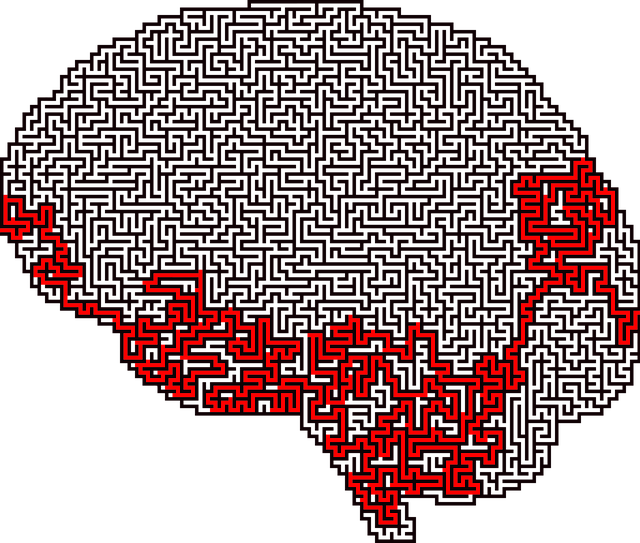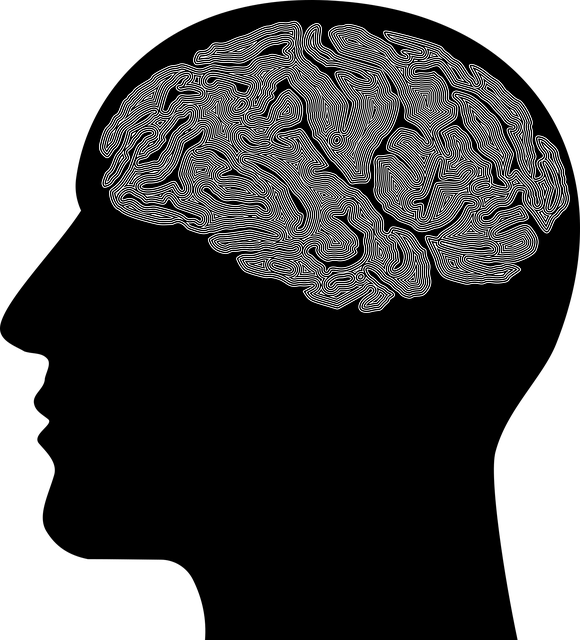Risk assessment and harm minimization strategies are essential in Englewood Obsessive Compulsive Disorder (OCD) therapy, empowering therapists to anticipate and mitigate potential hazards. Through comprehensive evaluations incorporating social skills training, mental wellness journaling, stress management techniques, cognitive restructuring, exposure therapy, and mindfulness practices, therapists develop personalized plans to reduce anxiety, improve coping mechanisms, and enhance quality of life. Case studies demonstrate the effectiveness of community-based interventions, provider training, and policy advocacy in managing OCD symptoms, with future innovations focusing on technology integration for remote monitoring and increased outreach to reduce healthcare professional burnout.
Risk assessment and harm minimization planning are vital components of safe and effective Englewood Obsessive Compulsive Disorder (OCD) therapy. This comprehensive guide explores key aspects, from identifying potential hazards in OCD treatment to implementing successful strategies and case studies. We delve into best practices and future directions, emphasizing enhanced safety measures for individuals navigating the complexities of OCD. By understanding risk assessment, therapists can foster a nurturing environment while minimizing potential harm.
- Understanding Risk Assessment: Identifying Potential Hazards in OCD Therapy
- Harm Minimization Strategies: A Comprehensive Approach for OCD Treatment
- Case Studies: Successful Implementation of Risk Assessment and Harm Minimization Plans
- Best Practices and Future Directions: Enhancing Safety in Englewood Obsessive Compulsive Disorder Therapy
Understanding Risk Assessment: Identifying Potential Hazards in OCD Therapy

Understanding Risk Assessment is a critical aspect of effective Englewood Obsessive Compulsive Disorder (OCD) Therapy. It involves meticulously identifying and evaluating potential hazards or risks that could arise during treatment. This process ensures therapists are prepared to mitigate any negative outcomes and promote safe, evidence-based practices. By assessing factors like the client’s history, current symptoms, and response to previous interventions, therapists can anticipate challenges and develop tailored strategies for harm minimization.
In OCD Therapy, potential hazards may include exacerbation of obsessions and compulsions, emotional distress during exposure therapy, or unintended reinforcement of avoidance behaviors through rewards systems. Implementing Social Skills Training and Mental Wellness Journaling Exercises Guidance can be instrumental in managing these risks. For instance, regular journaling encourages clients to reflect on their experiences, track progress, and identify triggers, fostering self-awareness and empowering them to actively participate in their recovery. Moreover, stress management techniques, integrated into the therapy process, help mitigate anxiety and reduce the likelihood of adverse reactions during exposure exercises.
Harm Minimization Strategies: A Comprehensive Approach for OCD Treatment

Harm Minimization Strategies play a pivotal role in treating Obsessive Compulsive Disorder (OCD), offering a comprehensive approach to Englewood OCD Therapy. This method focuses on empowering individuals to manage their symptoms effectively and improve their overall quality of life. By implementing these strategies, therapists can guide clients towards reducing anxiety and developing healthier coping mechanisms. One key aspect is building empathy between the therapist and client, fostering an environment where the individual feels understood and supported.
The process involves teaching various techniques such as cognitive restructuring to challenge unhelpful thoughts, exposure therapy to gradually face fears, and mindfulness practices for emotional regulation. These methods aim to boost confidence in managing OCD symptoms. Through tailored interventions, individuals can learn to recognize and modify distressing behaviors, leading to significant improvements in their ability to cope with OCD-related challenges.
Case Studies: Successful Implementation of Risk Assessment and Harm Minimization Plans

The successful implementation of risk assessment and harm minimization plans is evident in various case studies, particularly within the context of treating complex conditions like Englewood Obsessive Compulsive Disorder (OCD). Through comprehensive evaluations, healthcare providers can identify triggers and develop tailored strategies to mitigate risks. For instance, a community outreach program focused on OCD awareness and education has shown significant benefits. By training mental health professionals in cultural competency, this initiative ensures that diverse communities receive culturally sensitive care, fostering better engagement and outcomes.
Additionally, Mental Health Policy Analysis and Advocacy play a pivotal role in enabling these plans. Effective policies promote early intervention, improve access to specialized services, and encourage research-informed practices. Case studies demonstrate that when healthcare systems embrace evidence-based approaches, such as community-based interventions and provider training, they can significantly enhance risk management and overall harm minimization for individuals struggling with mental health challenges, including OCD.
Best Practices and Future Directions: Enhancing Safety in Englewood Obsessive Compulsive Disorder Therapy

Englewood Obsessive Compulsive Disorder (OCD) therapy has made significant strides in recent years, with best practices emerging to enhance safety and outcomes for patients. One prominent strategy involves integrating comprehensive risk assessment tools that go beyond traditional anxiety-related concerns. These assessments meticulously evaluate various factors, including potential self-harm behaviors, substance abuse risks, and the impact of obsessions on daily functioning. By identifying these risks early, therapists can implement tailored harm minimization plans.
Looking towards the future, the integration of technology and community outreach programs holds promise for further improving safety in OCD therapy. For instance, digital platforms can facilitate remote monitoring and support, especially for individuals with milder forms of OCD who may not require intensive in-person sessions. Additionally, community outreach initiatives aimed at raising awareness about OCD and promoting early intervention could reduce the burden on mental health services, ultimately preventing burnout among healthcare professionals and enhancing long-term mood management for patients.
In conclusion, implementing robust risk assessment and harm minimization planning is paramount for effectively treating Englewood Obsessive Compulsive Disorder (OCD). By meticulously identifying potential hazards and adopting comprehensive strategies, therapists can ensure the safety and well-being of patients. The case studies highlighted in this article demonstrate the successful integration of these practices, leading to positive outcomes. Future research and clinical applications should focus on refining these methods, ultimately enhancing the quality of Englewood OCD therapy and promoting better patient care.








